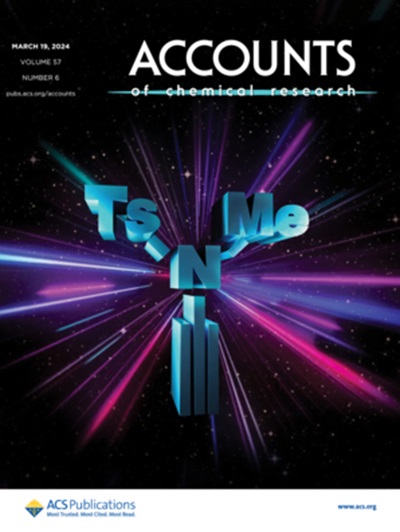基于 ICP 算法和泊松算法的石窟寺精细建模与保护
IF 17.7
1区 化学
Q1 CHEMISTRY, MULTIDISCIPLINARY
引用次数: 0
摘要
文物承载着历史文化和当代文明的珍贵遗产,其重要性不可替代。然而,作为不可再生的文化遗产,石窟寺正面临着诸多价值威胁和迅速消亡的危机。由于石窟寺环境独特、体量多样、几何结构复杂,文物保护面临巨大挑战,数字化成为最重要、最有效的预防性保护方法。本研究提出了一种完善的建模方法,即利用三维激光扫描技术获取石窟文物的点云数据,近景摄影测量获取多角度、高分辨率的二维影像数据,通过激光点云和影像密集匹配点云的融合建模,获得石窟完整的几何模型。此外,针对复杂模型的纹理映射问题,利用加权薄板样条函数实现纹理图像的高分辨率映射,从而获得高质量、高精度的三维文物模型。改进算法的配准方法在欧氏距离残差方面表现较好,残差主要分布在 0.02 至 0.03 毫米之间。在纹理映射方面,通过调整控制点的约束条件来调整模型映射精度。控制点周围 50 个像素的灰度值在 X 方向上有明显的梯度变化,而在 Y 方向上的变化相对较小。这些方法和技术为石窟寺文物的保护和保存提供了实用有效的手段,为今后的文物保护工作提供了重要参考。本文章由计算机程序翻译,如有差异,请以英文原文为准。
Refined modeling and protection of grotto monastery based on ICP algorithm and Poisson algorithm
Cultural relics carry the precious heritage of historical culture and contemporary civilization, and their importance cannot be replaced. However, as a non renewable cultural heritage, grotto temples are facing many value threats and crises of rapid extinction. Due to the unique environment, diverse volume, and complex geometric structure of the cave temples, the protection of cultural relics faces enormous challenges, and digitization has become the most important and effective preventive protection method. In this study, a perfect modeling method is proposed, that is, using 3 D laser scanning technology to obtain the point cloud data of grottoes relics, near-up photogrammetry to obtain multi-angle and high-resolution two-dimensional image data, and obtaining the complete geometric model of grottoes through the fusion modeling of laser point cloud and image dense matching point cloud. In addition, according to the texture mapping problem of complex models, the high resolution mapping of the texture image is realized by using the weighted thin plate spline function, so as to obtain the high quality and high precision three-dimensional cultural relic model. The improved algorithm’s registration method performs better in terms of Euclidean distance residuals, with residuals mainly distributed in the range of 0.02 to 0.03 millimeters. In terms of texture mapping, the model mapping accuracy is adjusted by adjusting the constraints of control points. The grayscale values of 50 pixels around the control point show significant gradient changes in the X direction, while the changes in the Y direction are relatively small. These methods and technologies provide practical and effective means for the protection and preservation of cultural relics in cave temples, and will provide important references for future cultural relic protection work.
求助全文
通过发布文献求助,成功后即可免费获取论文全文。
去求助
来源期刊

Accounts of Chemical Research
化学-化学综合
CiteScore
31.40
自引率
1.10%
发文量
312
审稿时长
2 months
期刊介绍:
Accounts of Chemical Research presents short, concise and critical articles offering easy-to-read overviews of basic research and applications in all areas of chemistry and biochemistry. These short reviews focus on research from the author’s own laboratory and are designed to teach the reader about a research project. In addition, Accounts of Chemical Research publishes commentaries that give an informed opinion on a current research problem. Special Issues online are devoted to a single topic of unusual activity and significance.
Accounts of Chemical Research replaces the traditional article abstract with an article "Conspectus." These entries synopsize the research affording the reader a closer look at the content and significance of an article. Through this provision of a more detailed description of the article contents, the Conspectus enhances the article's discoverability by search engines and the exposure for the research.
 求助内容:
求助内容: 应助结果提醒方式:
应助结果提醒方式:


